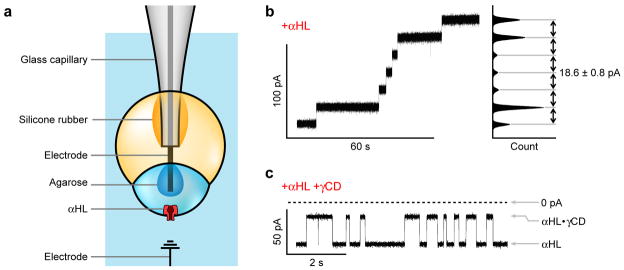Fig. 3. Measurement of ionic currents through αHL pores.
a, Schematic of the measurement of ionic current flowing between an encapsulated droplet and the bulk aqueous solution, through an αHL pore inserted in the bilayer. b, Stepwise increase in current indicating consecutive insertions of αHL pores into the external bilayer, at +50 mV in 500 mM KCl at pH 8.0. The peaks in the current histogram were separated by 18.6 ± 0.8 pA (mean ± s.d., n = 16), as expected for insertions of individual wild-type αHL pores. c, Current blockades of a single wild-type αHL pore in the configuration shown in a after adding ~10 μM γ-cyclodextrin to the bulk solution, at −50 mV in 1 M KCl at pH 8.0. The current levels of the unoccupied pore and the pore with γ-cyclodextrin bound are indicated. The γ-cyclodextrin current blockades have an amplitude of 63.7 ± 2.0% (mean ± s.d., n = 673), and the dissociation rate of γ-cyclodextrin was 4.0 ± 0.6 s−1 (mean ± s.d.).

